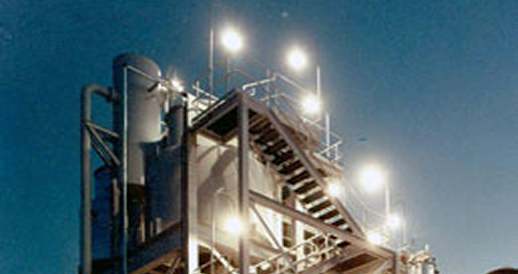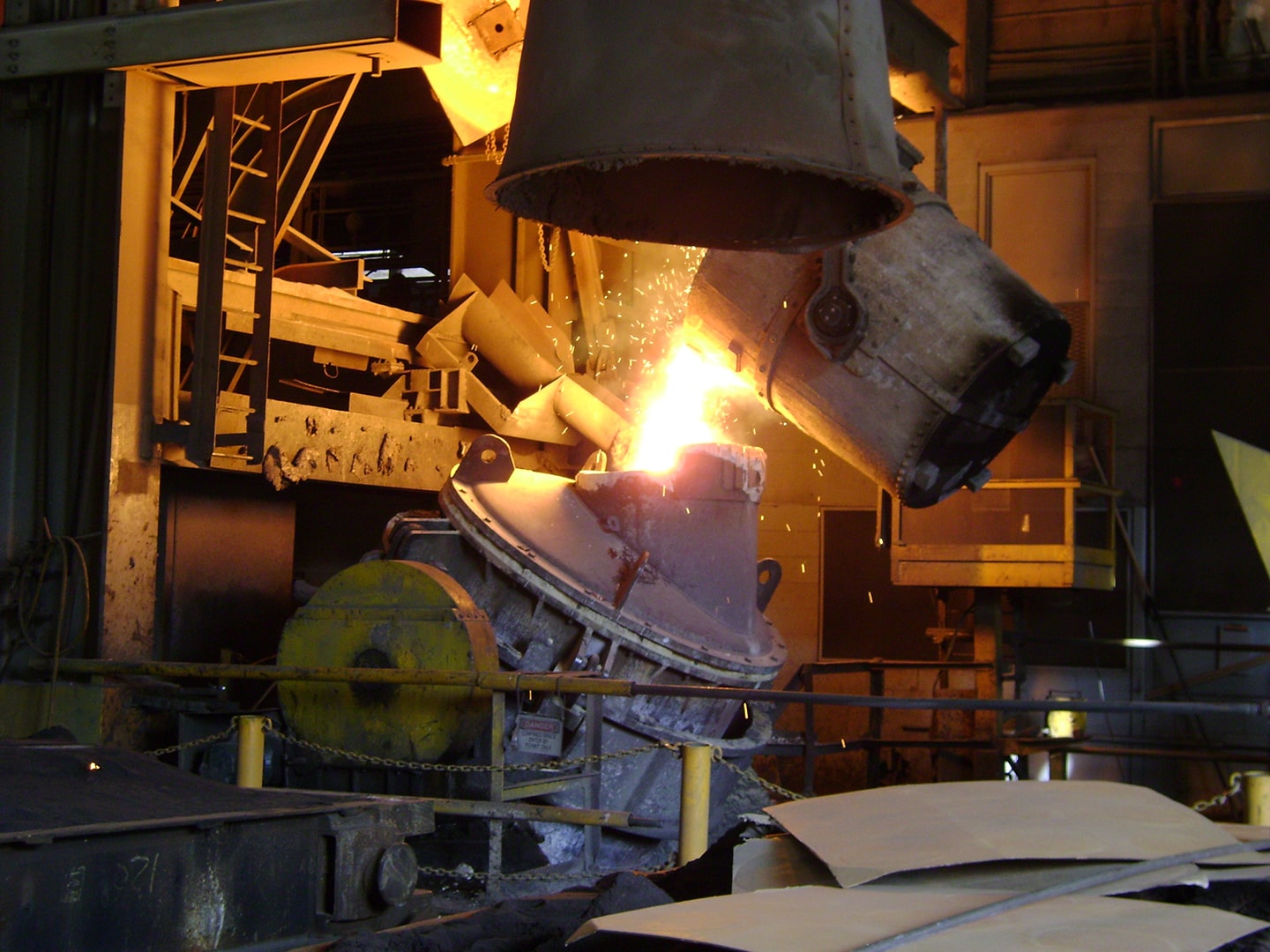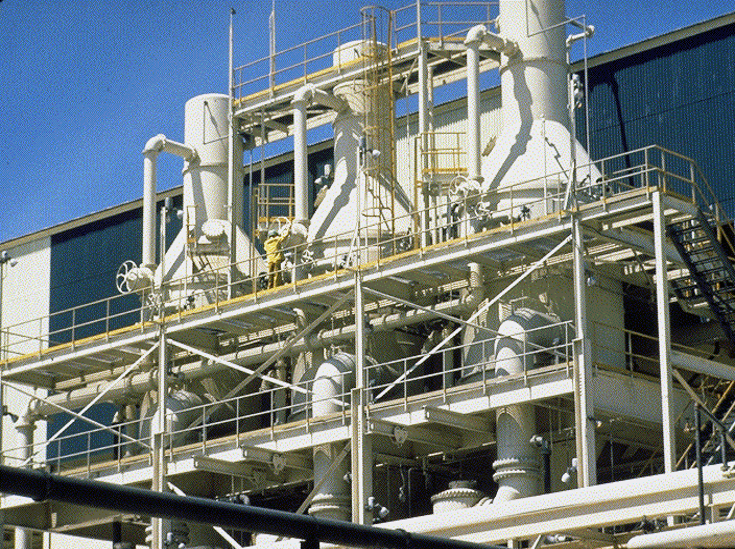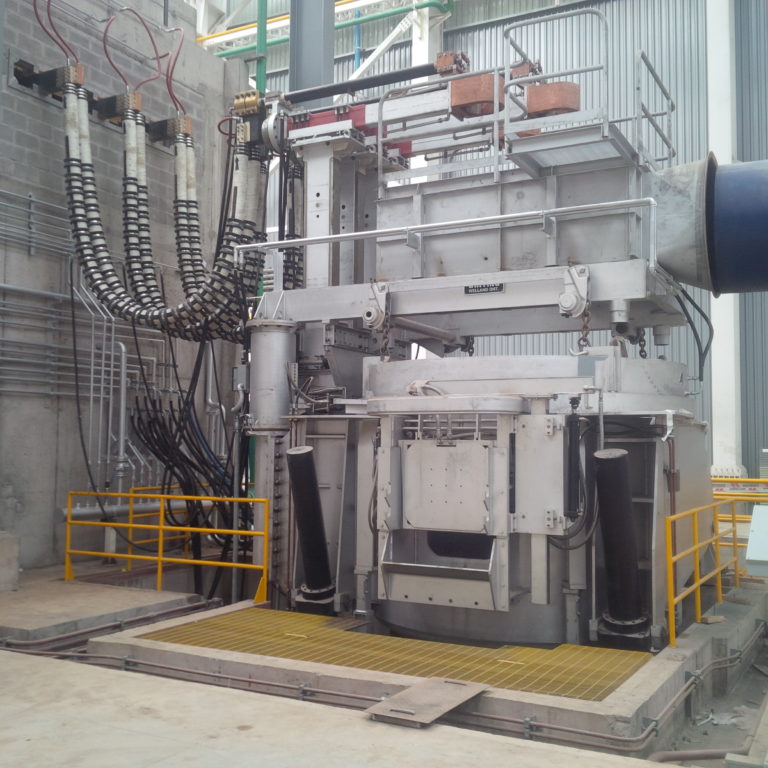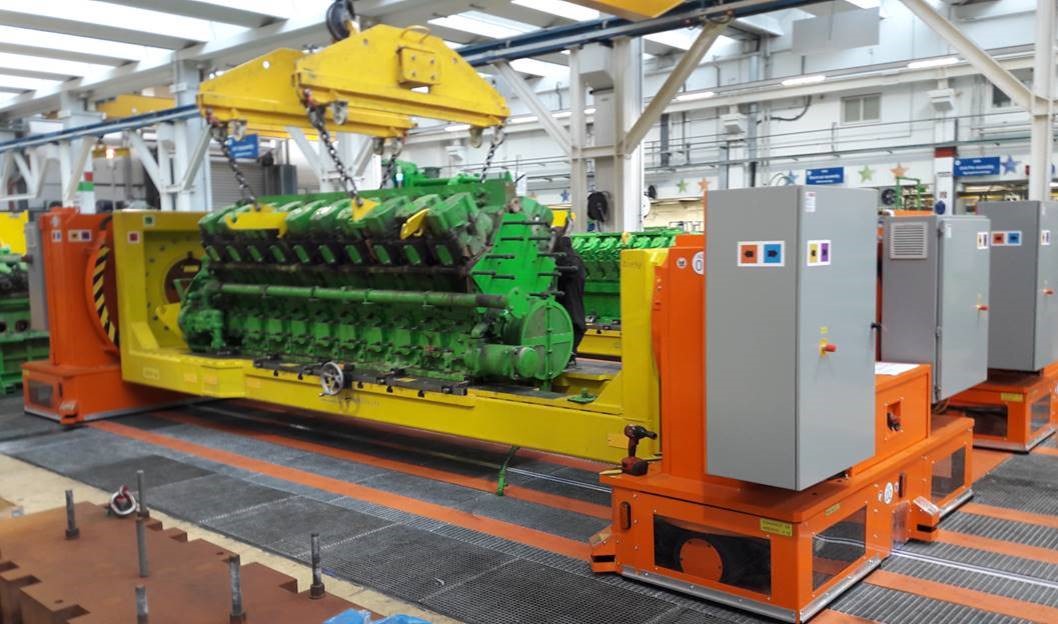Introduction
In stainless steel and specialty alloy production, refining technology not only determines quality but also significantly impacts cost efficiency and competitiveness. Two refining routes dominate today’s market: the AOD converter (argon oxygen decarburization) and VOD (vacuum oxygen decarburization). Both are proven technologies, but they serve different purposes depending on the grade mix, the required nitrogen and carbon levels, and the economics of the plant.
This article provides an in-depth comparison of AOD vs VOD, examining their metallurgical outcomes, cost and energy implications, and quality performance. We also explore hybrid routes, utility constraints, and include a decision matrix to help melt shops evaluate which option aligns with their strategic and operational needs.
Route Overviews
The AOD converter is the workhorse of stainless-steel refining. It uses a carefully controlled mixture of oxygen, argon, and, sometimes, nitrogen to decarburize molten steel while minimizing chromium oxidation. This balance makes AOD the global standard for grades such as 304 and 316 stainless steels, as well as tool steels and various high-alloy grades. In best-in-class operations, tap-to-tap cycles can be completed in 50 to 60 minutes, making this route one of the most productive options available.
By contrast, VOD relies on decarburization under vacuum conditions. Creating a low-pressure environment enhances carbon removal efficiency and prevents nitrogen absorption. This makes VOD indispensable for ultra-clean steels destined for nuclear, aerospace, or medical applications. However, cycle times are typically longer due to the vacuum pump-down and holding phases.
Metallurgical Outcomes
The primary technical difference between AOD vs VOD lies in how each process manages carbon, chromium, and nitrogen.
- AOD achieves carbon levels down to about 0.02–0.03% while limiting chromium oxidation through argon or nitrogen dilution. Chromium recovery rates are high, reducing the need for costly alloying additions later in the process. Nitrogen levels are moderate, which is acceptable for most stainless grades.
- VOD excels at ultra-low impurity control. Operating under vacuum enables efficient decarburization at very low carbon concentrations, achieving levels below 0.01%. Nitrogen pickup is also minimized, with levels often below 200 ppm, which is critical for duplex stainless and high-purity alloys.
In practice, AOD covers the majority of stainless production requirements, while VOD is reserved for the most demanding grades.
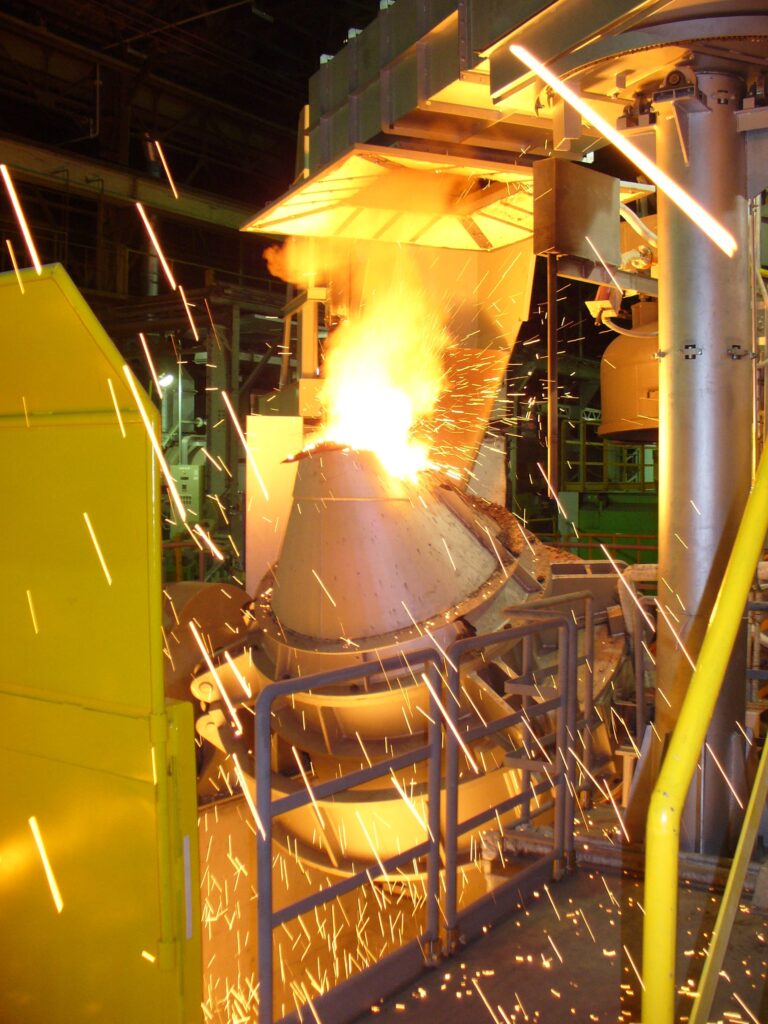
Cost and Energy Considerations
The economics of refining routes are decisive.
AOD advantages include:
- Lower capital expenditure (CAPEX) and faster installation.
- Lower operating costs per ton compared with vacuum-based systems.
- Straightforward integration into existing melt shops.
VOD, on the other hand, requires:
- Significant investment in vacuum pumps, cooling systems, and auxiliary equipment.
- Higher electrical consumption due to pump-down and vacuum holding.
- Longer cycle times, which reduce throughput but enable better alloy recovery at ultra-low carbon.
For plants producing mainly standard stainless grades, AOD offers the best ROI. Where ultra-clean steels account for a significant share of production, the higher costs of VOD can be justified by savings from reduced alloying additions and access to premium markets.
Quality and Specification Compliance
Meeting quality standards often dictates route selection as much as economics.
- AOD reliably produces steels with carbon levels down to 0.02–0.03%. This range is more than sufficient for typical stainless applications in construction, consumer products, and general industry.
- VOD is essential where customer specifications demand carbon below 0.01% or very low nitrogen levels. Aerospace, nuclear, and medical applications fall into this category.
For many producers, it is the customer contract—not the internal preference—that determines whether AOD or VOD is the right fit.
When Hybrid Routes Win
Some producers benefit from combining both technologies. In an AOD+VOD hybrid route, steel is first refined in the AOD converter to decarburize the bulk of the carbon rapidly. The partially refined steel is then transferred to VOD for final polishing under vacuum.
This hybrid method delivers:
- High throughput for standard grades.
- Ultra-clean quality for demanding applications.
- Flexibility to serve multiple market segments without over-investing in vacuum capacity.
For plants producing a mix of commodity stainless and niche ultra-clean alloys, the hybrid approach offers the most balanced solution.
Utilities and Gas Supply Constraints
Infrastructure and utility availability can tilt the decision.
- AOD depends heavily on stable supplies of oxygen and argon. Rising argon costs or unreliable supply can undermine its economic edge.
- VOD requires a robust and steady power supply to operate vacuum systems efficiently. Plants with limited electrical infrastructure may struggle to justify it.
- Space and layout considerations also matter. VOD installations require more space, cooling water, and auxiliary equipment. In brownfield sites, AOD revamps are often more practical.
These external factors are sometimes overlooked, but they can be decisive when choosing between AOD vs VOD.
Decision Matrix: AOD vs VOD
To simplify evaluation, the following comparison highlights the core differences:
| Factor | AOD | VOD |
| Throughput | Faster cycles, ~50–60 minutes | Longer cycles due to vacuum stages |
| CAPEX/OPEX | Lower capital and operating costs | Higher CAPEX and OPEX from pumps & energy |
| Carbon Levels | Down to ~0.02–0.03% | Below 0.01% |
| Nitrogen Levels | Moderate | Very low (<200 ppm) |
| Applications | Standard stainless, tool steels | Nuclear, aerospace, and medical alloys |
This decision matrix shows that the “right” choice is rarely absolute—it depends on production mix, customer requirements, and utility conditions.
Conclusion
The question of AOD vs VOD is not about which process is inherently superior, but which process best aligns with your grade mix and market priorities. Producers focused on standard stainless steels will find the AOD converter to be the most effective option due to its efficiency, lower costs, and proven reliability. When ultra-clean alloys are the goal, VOD delivers the precise carbon and nitrogen control often mandated by customer specifications, for facilities that need to accommodate both product types, hybrid AOD+VOD setups offer the versatility to meet a wide range of metallurgical and market demands.
Whiting’s experience spans both routes. Our engineering teams help melt shops evaluate refining strategies, balance CAPEX against throughput needs, and design revamp or new-build projects that deliver measurable ROI. Whether your plant is due for an AOD modernization, exploring hybrid capabilities, or considering vacuum-based upgrades, Whiting can provide the insight and solutions needed to stay competitive.

